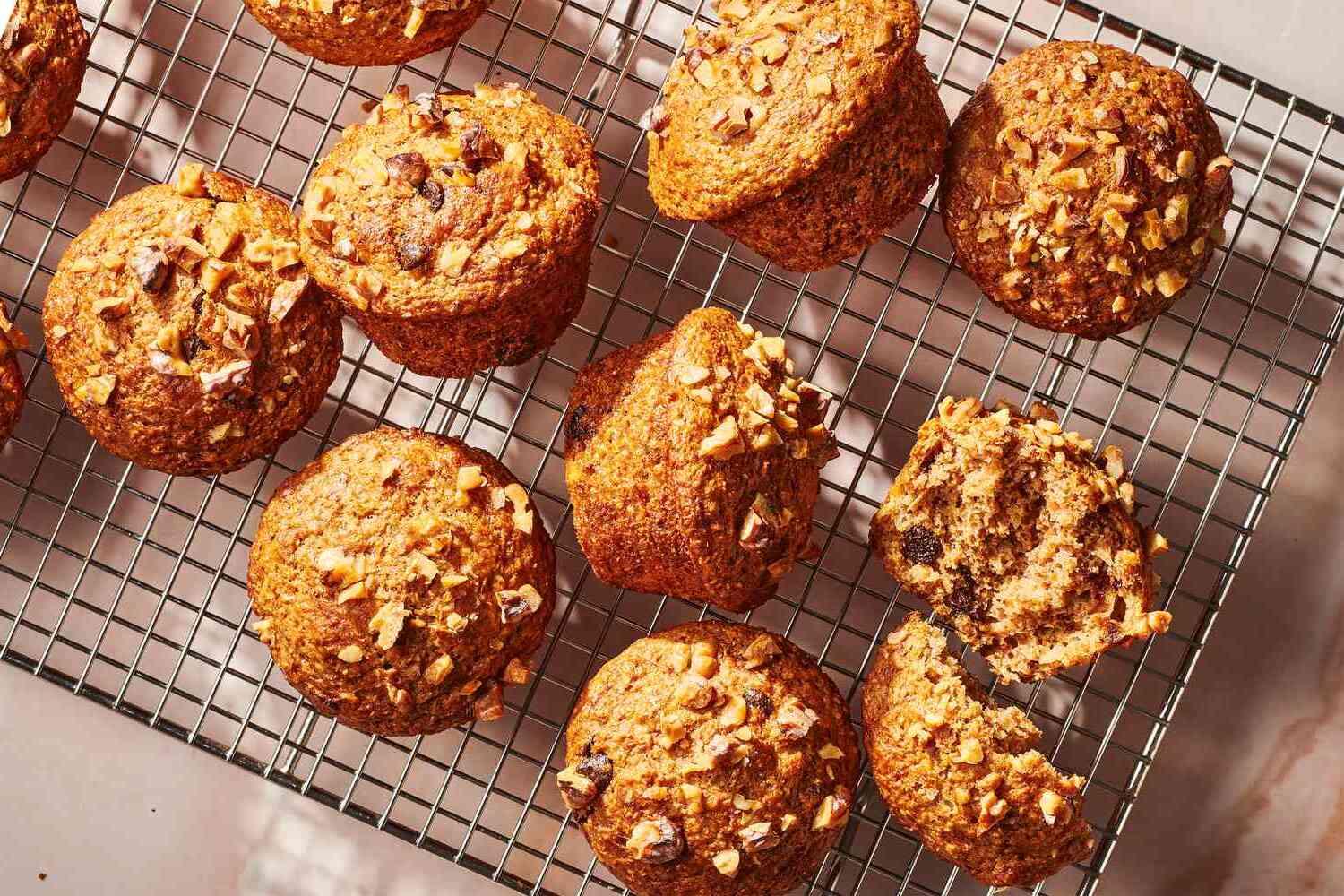
Baked goods have been a staple in human diets for centuries, bringing comfort and joy to countless people worldwide. From the humble loaf of bread to intricate pastries, these delicious creations have fascinating histories and surprising facts. Did you know that the earliest evidence of bread-making dates back over 14,000 years? Or that the croissant, often associated with France, actually has Austrian origins? Baked goods are more than just tasty treats; they reflect cultural traditions, technological advancements, and even social changes. Whether you're a seasoned baker or someone who simply enjoys a good cookie, there's always something new to learn about these delightful foods. Ready to dive into some intriguing tidbits about your favorite baked goods? Let's get started!
The History of Baked Goods
Baked goods have been a staple in human diets for centuries. From ancient civilizations to modern-day bakeries, these delicious treats have evolved significantly.
- The earliest known bread dates back to around 14,000 years ago, discovered in Jordan's Black Desert.
- Ancient Egyptians are credited with inventing yeast-leavened bread around 4,000 B.C.
- The first recorded use of the word "cookie" in English was in 1703, derived from the Dutch word "koekje," meaning little cake.
- Croissants, despite being associated with France, were actually invented in Austria in the 17th century.
- The bagel originated in Poland in the early 17th century, becoming a staple in Jewish communities.
Ingredients in Baked Goods
The magic of baked goods lies in their ingredients. Each component plays a crucial role in creating the perfect texture and flavor.
- Flour is the primary ingredient in most baked goods, providing structure through gluten formation.
- Sugar not only sweetens but also helps with browning and moisture retention.
- Eggs act as a binding agent, adding richness and helping with leavening.
- Butter or oil adds moisture and flavor, creating a tender crumb.
- Baking powder and baking soda are leavening agents that help baked goods rise.
Popular Types of Baked Goods
Baked goods come in various forms, each with its unique characteristics and cultural significance.
- Bread is a staple food made from flour and water, often leavened with yeast.
- Cakes are sweet, baked desserts typically made with flour, sugar, and eggs.
- Cookies are small, sweet baked treats, often containing chocolate chips, nuts, or dried fruits.
- Pastries are baked goods made with dough rich in butter, such as croissants and Danish pastries.
- Pies consist of a pastry crust filled with sweet or savory ingredients, like fruit or meat.
Fun Facts About Baked Goods
Baked goods have some interesting and fun trivia associated with them. Here are a few that might surprise you.
- The world’s largest gingerbread house, built in Texas in 2013, measured over 2,500 square feet.
- The most expensive bread in the world, made with gold dust and champagne, costs around $120 per loaf.
- The first cupcake recipe was published in 1796 in "American Cookery" by Amelia Simmons.
- National Doughnut Day in the United States is celebrated on the first Friday of June each year.
- The term "biscuit" comes from the Latin words "bis" (twice) and "coquere" (to cook), referring to the original method of baking them twice.
Health Aspects of Baked Goods
While often considered indulgent, baked goods can also offer some health benefits when made with the right ingredients.
- Whole grain baked goods provide more fiber and nutrients compared to those made with refined flour.
- Using natural sweeteners like honey or maple syrup can reduce the glycemic impact of baked goods.
- Adding nuts and seeds to baked goods can increase their protein and healthy fat content.
- Gluten-free baked goods cater to those with celiac disease or gluten sensitivity.
- Many baked goods can be made vegan by substituting eggs and dairy with plant-based alternatives.
Baked Goods Around the World
Different cultures have their own unique baked goods, each with distinct flavors and traditions.
The Sweet Finale
Baked goods have a rich history and a special place in our hearts. From the ancient Egyptians baking the first bread to the modern-day croissant, these treats have evolved and diversified. Whether it’s the science behind the perfect rise or the cultural significance of certain pastries, there’s always something fascinating to learn. Next time you bite into a warm cookie or a flaky pie, remember the centuries of tradition and innovation that brought it to your plate. Baking isn’t just about following a recipe; it’s about connecting with history, culture, and even science. So, keep exploring new recipes, experimenting with ingredients, and sharing your creations. The world of baked goods is vast and delicious, offering endless opportunities for discovery and enjoyment. Happy baking!
Was this page helpful?
Our commitment to delivering trustworthy and engaging content is at the heart of what we do. Each fact on our site is contributed by real users like you, bringing a wealth of diverse insights and information. To ensure the highest standards of accuracy and reliability, our dedicated editors meticulously review each submission. This process guarantees that the facts we share are not only fascinating but also credible. Trust in our commitment to quality and authenticity as you explore and learn with us.


